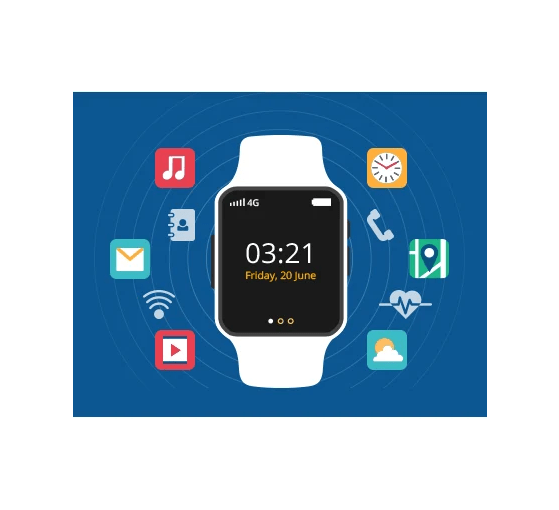In recent years, wearable app development has revolutionized how we interact with devices, and wearable app development stands at the forefront of this innovation. This blog explores the evolving landscape of wearable apps, their development process, and their impact on daily life.
Introduction to Wearable App Development
Wearable devices like smartwatches, fitness trackers, and augmented reality glasses have integrated deeply into our lives, offering unique opportunities for app developers. Unlike traditional mobile apps, wearable apps are designed to be lightweight, context-aware, and seamlessly integrate with the user’s daily activities.
Understanding Wearable Technology
Wearable technology encompasses a diverse range of devices, each with its own set of sensors and capabilities. For instance, smartwatches monitor health metrics, provide notifications, and even enable contactless payments. Fitness trackers record physical activities and sleep patterns, while AR glasses overlay digital information onto the real world.
Key Considerations for Wearable App Development
Developing apps for wearables requires a distinct approach compared to traditional mobile or web applications. Here are some essential factors to consider:
1. User Interface (UI) Design
UI design for wearables prioritizes simplicity and usability due to the smaller screen size and limited interaction options. Developers must create intuitive interfaces that allow users to navigate and interact effortlessly.
2. Context Awareness
Wearable apps leverage sensors like accelerometers, gyroscopes, and GPS to gather real-time data. This data enables context-aware functionalities such as fitness tracking, location-based services, and adaptive notifications tailored to the user’s environment.
3. Battery Efficiency
Battery life is a critical concern for wearable devices. Developers optimize app performance to minimize battery drain, often by reducing background processes, using low-power modes, and implementing efficient data synchronization strategies.
Challenges in Wearable App Development
Despite the potential benefits, wearable app development presents several challenges:
1. Platform Fragmentation
Different wearable platforms (e.g., watchOS, Wear OS, and various fitness tracker platforms) require unique development environments and programming languages, increasing complexity for developers.
2. Data Security and Privacy
Wearable devices collect sensitive user data, such as health metrics and location information. Developers must prioritize data security measures, including encryption, secure data storage, and compliance with privacy regulations.
3. Limited Resources
Wearable devices have constrained CPU, memory, and storage capacities compared to smartphones or computers. Developers must optimize app performance while delivering essential features and functionalities.
Future Trends in Wearable App Development
Looking ahead, wearable technology is poised to advance further with innovations like improved health monitoring capabilities, enhanced AR experiences, and seamless integration with IoT ecosystems. As the technology evolves, developers will continue to explore new possibilities for enhancing user experiences through wearable apps.
Conclusion
Wearable app development represents a dynamic and growing field within the broader realm of mobile technology. By understanding the unique challenges, considerations, and future trends in wearable app development, developers can harness the full potential of these innovative devices to create impactful and user-centric applications.
This blog has provided an overview of wearable app development, highlighting its significance in shaping the future of technology and emphasizing the need for tailored approaches to design, development, and deployment



